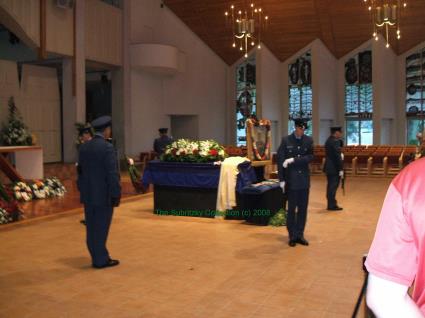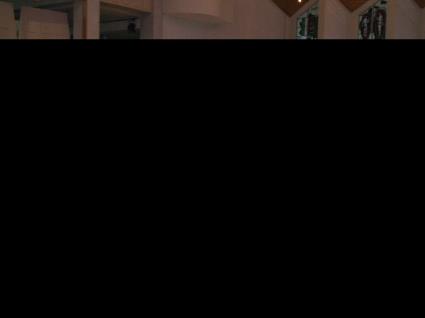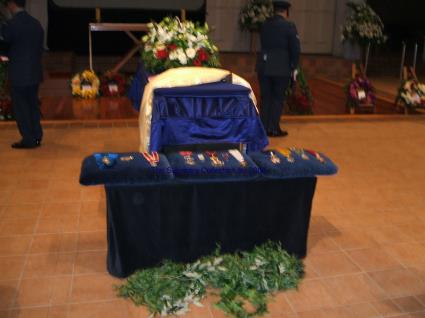Sir Edmund Percival Hillary KG, ONZ, KBE
1919 - 2008
Biography:
Sir Edmund Hillary, Auckland 20 July 1919, son of Percival Augustus Hillary and Gertrude Hillary (Nee: Clark). Married (1) 1953 Louise Rose (d 1975); 1 son Peter Hillary; 2 daughters, one killed with her mother in an air crash in 1975; (2) 1989 June Mulgrew widow of Adventurer Peter David Mulgrew (killed Mount Erebus 1979).
Educated at Auckland Grammer School; Hon LLD - University of Victoria, British Columbia 1969,; Victoria University of Wellington 1970. is a New Zealand mountaineer and explorer and is one of New Zealand’s most famous living icons. He is most notable for conquering the summit of Mount Everest; however, he has also made significant contributions philanthropically as a humanitarian and an ambassador, devoting much of his life to humanitarian efforts and environmental causes on behalf of the Nepalese people. He is the only living New Zealander to appear on a banknote and various streets, schools, and organisations around New Zealand are named after him, including Hillary College in Otara and the Hillary Commission (now SPARC).
Sir Edmund started climbing in New Zealand and climbed his first mountain, Mount Oliver in the Southern Alps, when he was 20 years old. He continued to climb in New Zealand and overseas, including climbing 11 different peaks over 20,000 feet in the Himalayas before he joined the British Everest Expedition in 1953. The aim of the expedition was to attempt to climb to the summit of Mount Everest, and on 29 May 1953, Sir Edmund (along with Sherpa climber Tenzing Norgay) reached the summit. This world renowned moment catapulted the climbers to fame and became a defining moment in history as it is one of the last feats that can be recognised as human, and not technological, thus putting Sir Edmund Hillary in the lineage of great terrestrial explorers.
Sir Edmund went on to climb 10 other peaks in the Himalayas on further visits to the region in 1956, from 1960 to 1961, and from 1963 to 1965. In addition to mountaineering, he was also involved in Antarctic explorations. In 1955, he led the New Zealand Section of the Commonwealth Trans-Antarctic Expedition that crossed the Antarctic using specially adapted Ferguson tractors to reach the South Pole on 4 January 1957. He also led a number of other expeditions, including an expedition that combined a hunt for the mythical yeti and research into the effects of high altitudes on the human body in 1960 and an expedition up the Ganges River in India to find the source of the sacred river in 1978. In 1985, Sir Edmund accompanied Neil Armstrong in a small twin-engine ski plane over the Arctic Ocean and landed at the North Pole, thus becoming the first man to stand at both poles as well as on the summit of Mount Everest.
In between expeditions, Sir Edmund became involved with the Sherpa people of Nepal, helping to improve the ecology and living conditions in their remote region of the Himalayas. In 1964, he established The Himalayan Trust to improve and establish services and infrastructure. Over the next 30 years, he helped build 20 schools, two hospitals, several medical clinics, and two airfields. Also, out of concern for the degradation of the environment of the Himalayas, he educated the Nepalese people on the need to conserve the Everest region. He persuaded the Nepalese Government to pass laws protecting the forest and to declare the area around Everest a national park.
Sir Edmund served as the New Zealand High Commissioner to India, Nepal, and Bangladesh from 1984 to 1989. He is the Honorary President of the America Himalayan Foundation, an Honorary Member the New Zealand Alpine Club and the New Zealand Explorers Club, and was the President of Volunteer Service Abroad. He has also written a number of books about his adventures including, East of Everest, From the Ocean to the Sky, High Adventure, High in the Thin Cold Air, No Latitude for Error, Nothing Venture: Nothing Win, Schoolhouses in the Clouds, and Two Generations.
Sir Edmund Hillary has been awarded many national and international distinctions, including the Star of Nepal 1st Class, the National Geographic Society Hubbard Medal, and the United States Cullum Geographical Medal in 1954, and the Royal Geographic Society’s Founder Medal in 1958.
Knight of the Garter 1995, Order of New Zealand 1987, Knight Commander of the Most Excellent Order of the British Empire 1953, Polar Medal 1958, 1939-45 Star, Pacific Star, 1939-45 War Medal, NZ War Service Medal, Coronation Medal, New Zealand 1990 Medal, Star of Nepal First Class 1954, US National Geographical Society Hubbard Medal 1954, US Gold Cullum Geographical Medal 1954, Royal Geographical Society Founders Medal 1958.
Conquer of Mount Everest 1953.
NZ High Commissioner to India 1985-98.
Explorer and Mountaineer.
Military Service: RNZAF Air Crew, Navigator on Catalina flying boats in the Pacific 1944-45.
Career: Apiarist 1936-43; apiarist in partnership with brother W.F. Hillary 1951-70; mountaineer, adventurer 1951-84; climbed in NZ.
Member of Himalayan Expeditions: 1951 NZ Gawhal Expeditions; 1951 British Everest Reconnaissance; 1952 British Cho Oyu Expedition; 1953 Everest Expedition when, in the first successful ascent, Hillary and Sherpa Tensing reached the summit on 29 May 1953; Leader 1954 NZ Alpine Club Barun Valley (East of Everest) Expedition; further expeditions 1960-61, 1963, 1964, 1965.
1968 jet boat expedition to East Nepal; first ascent up the Sun Kosi River; 1977 jet boat expedition up the Ganges River.
Sir Edmund raised funds in New Zealand and built the first hospital for sherpas in Nepal in 1966. He has continued to build hospitals, clinics and schools there.
Antarctica: In 1955 he was appointed Leader of the New Zealand Trans-Antarctic Expedition and in January 1958 completed an overland tractor journey from Scott Base to the South Pole, the first to the Pole since Scott; 1967 Antarctic Expedition, first ascent of Mount Hershel.
Publications include: High Adventurer (1955); East of Everest (with George Lowe, 1956); The Crossing of Antarctica (with Sir Vivian Fuchs 1958); No Latitude for Error (1961); High in the Thin Cold Air (with Desmond Doig 1963); School House in the Clouds (1965); autobiography - Nothing Venture, Nothing Win (1975); From the Ocean to the Sky; Jet Boating up the Ganges (with Peter Hillary, 1979); Two Generations (1983).
Clubs and Memberships: Patron New Zealand Antarctic Veterans Association 2003 -
President 1965-67, Life Member, NZ Alpine Club;
President, VSA 1963-76;
Member, Explorers Club, New York.








